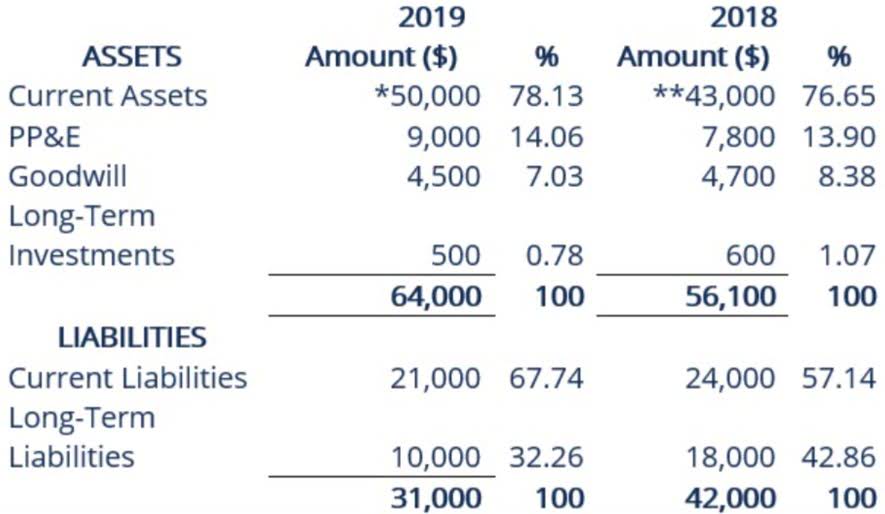
If the mark-to-market value drops significantly, it may prompt an investor to sell before losing more money. Conversely, if the value rises, it might encourage Accounting for Marketing Agencies them to hold onto their investment longer. In margin trading accounts, mark-to-market rules require monitoring positions daily and maintaining a minimum margin level. If the account value drops too low, brokers will issue a margin call requiring the trader to deposit more funds. The calculators simplify the complex calculations needed for mark-to-market analysis.
MTM and Fair Value Accounting

This means the gain or loss on the contract is calculated and recorded at the end of each trading day. Mark-to-market accounting is not illegal, but its use has been the subject of intense scrutiny and criticism. While it has its benefits, including providing a more accurate picture of an organization’s financial performance, it also online bookkeeping has significant drawbacks, such as exaggeration of losses and profits.

Cost capitalization
Mark to Market accounting involves recording the value of an asset or liability at its current market value. Unlike historical cost accounting, which records assets at their original purchase price, MTM reflects real-time fluctuations, giving a clearer picture of an entity’s financial health. This method is commonly used in industries with volatile markets, such as stocks, bonds, and commodities.
- GTIL and its member firms are not agents of, and do not obligate, one another and are not liable for one another’s acts or omissions.
- Open positions are revalued at end-of-day settlement prices, enabling transparent tracking of profits/losses on open contracts over their lifetimes.
- In the trading world, there are certain types of securities that could be marked to market such as futures (mark to market futures), swaps (mark to market swap), mutual funds, or other derivatives (mark to market derivatives).
- Grant Thornton Australia is a member firm of Grant Thornton International Ltd (GTIL).
- Many securities traders will find this election attractive as a way to make filing simpler — and possibly reduce their taxes.
- Unlike historical cost accounting, which records assets at their original purchase price, MTM reflects real-time fluctuations, giving a clearer picture of an entity’s financial health.
Why MTM Is Important?
Regulations like the Sarbanes-Oxley Act have required companies to use mark-to-market valuation for certain investment securities. Overall, the practice of MTM accounting is a crucial part of the financial markets, and is widely used by investors, company management teams, and traders to make timely and informed decisions. For banks that have elected to use the “fair value option” to account for their debt, any changes in fair value due to their own credit quality will now be recorded through equity rather than through income. This eliminates the notorious circumstance under which Lehman Brothers reported large income statement gains — in accordance with GAAP — when its own credit rating was lowered. For hedge funds and private equity firms, MTM becomes more complex since they tend to have more Level 3 assets.
- In this process of mark to market accounting method, the amount has to be recalculated on a regular basis, then the values are accordingly adjusted as per the market condition, and then arrive at the current value.
- If you own shares of Apple Inc. (AAPL), for instance, determining their value is as simple as checking the latest trading price.
- By using the MTM method, Berkshire Hathaway provides a transparent report to their investors, reflecting that their stock portfolio significantly declined in value during the year.
- Although FAS 157 does not require fair value to be used on any new classes of assets, it does apply to assets and liabilities that are recorded at fair value in accordance with other applicable rules.
- In its very essence, MTM ensures that asset valuation reflects its current value based on the economic conditions surrounding it.
- Let’s look at a few examples of when a company may perform a mark to market calculation.

Now you should know how to keep a better handle on the financial aspect of your business, so long as you constantly practice and use the mark to market concept. Marking assets to market can create tax obligations, as unrealized gains must be recognized before they are actually realized. Companies may have to sell assets to generate liquidity for taxes owed on paper profits. Though real estate is not traded daily like securities, appraisals can assess market values using comparable recent sales.
For example, the failure of some regional banks in March 2023 was due in part to those banks’ reporting of unrealized losses on their bond portfolios. Such reports can spook investors and depositors, potentially creating the conditions for a bank run. Similar events occurred in the 2008 financial crisis, where investors were spooked by unrealized losses on mortgage-backed securities and other assets. Mark to Market accounting is considered necessary in order to provide investors and other market participants with an objective and accurate representation of a company’s assets and liabilities.
Companies may prefer historical cost measures for operational assets they intend to hold long-term. But accounting regulations increasingly mandate mark-to-market reporting for many financial instruments to better reflect current values. Over-the-counter (OTC) derivatives, in contrast, are formula-based financial contracts between buyers and sellers, and are not traded on exchanges, so their market prices are not established by any active, regulated market trading. During their early development, OTC derivatives such as interest rate swaps were not marked to market frequently. Deals were monitored on a quarterly or annual basis, when gains or losses would be acknowledged or payments exchanged.
By marking the securities’ current value, the brokerage firm could adequately evaluate whether or not the trader is meeting its margin account requirements. Under the FASB guidelines, the notion of fair value is defined and the manner is mark to market accounting legal companies are required to measure the value of their asset is by adopting the generally accepted accounting principles (or GAAP). Companies operating in the financial services industry granting loans to borrowers may regularly adjust their accounts to reflect the market value of their loan portfolios taking into account the borrowers who are in default of making their payment. Thus, the above are some important differences between the two types of methods used to record the assets and liabilities. It is necessary to understand them so that they can be appropriately used where they are suitable for. The Investments will be shown in the new amount of $ 8,000 ($ 10,000 – $ 2,000) on the balance sheet, and the loss will be recorded in other comprehensive income.